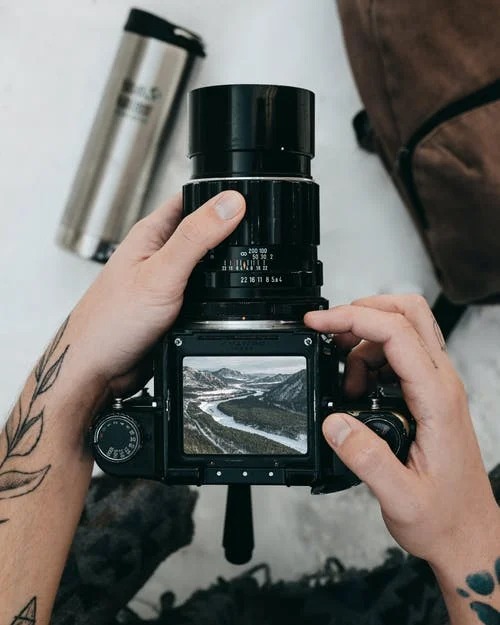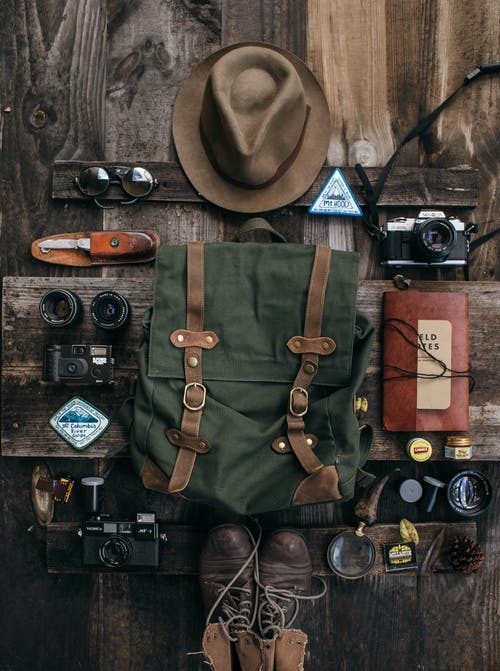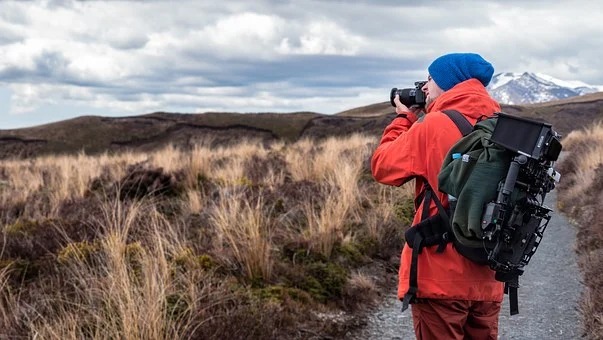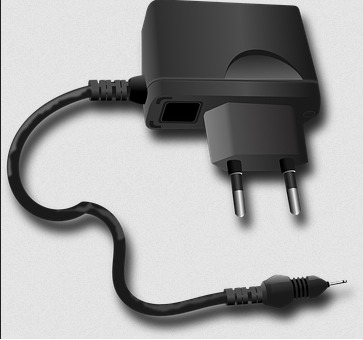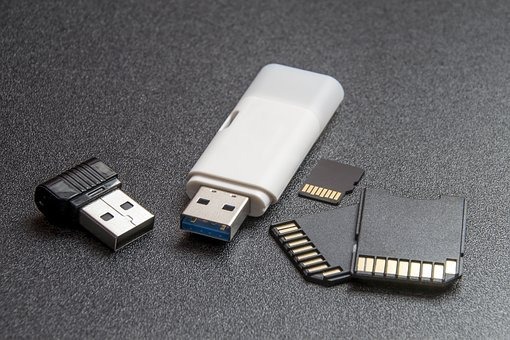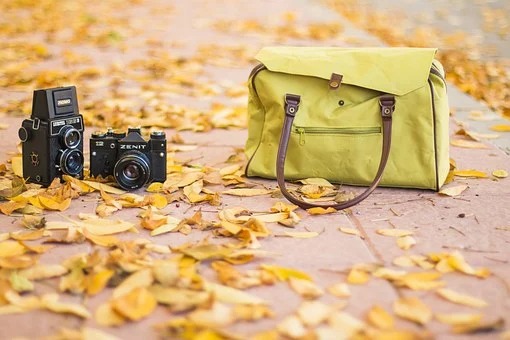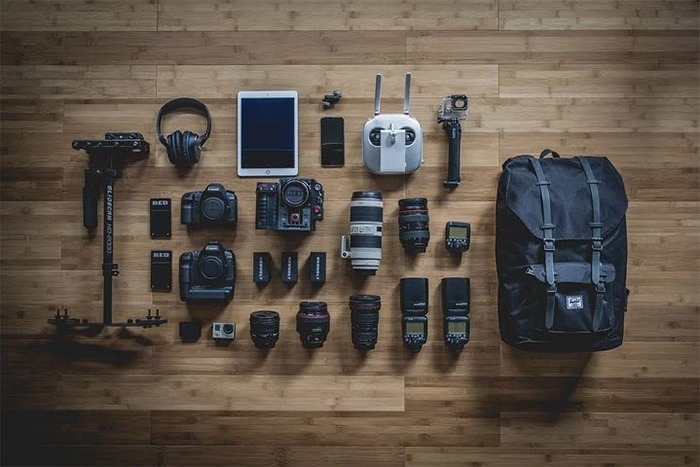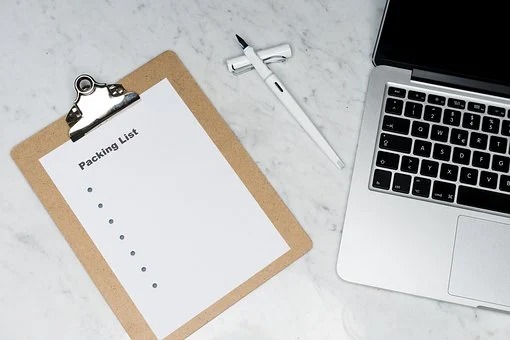When a serious photographer plans a vacation, they probably wouldn’t be able to resist packing some equipment for taking the perfect pictures. Many photographers also plan trips for the special purpose of taking gorgeous shots that they won’t get in their locality.
Being a photographer means that you have a lot of equipment and gadgets on hand. If you haven’t travelled much yet or haven’t got the hang of packing just yet, getting your stuff together might be the biggest hurdle yet. Even the basic essentials will be bulky and heavy, so you really have to cut down on what comes along on the trip. There’s the camera, the various types of lens, tripod, cleaning kids, batteries, chargers, and so much more.
Many backpack and traveling filmmakers along with professional photographers travel all the time without being weighed down too much. Packing light is the way to go when you have to travel in any case, and taking photography equipment requires you to think smart. Here are some packing hacks to keep in mind for such situations:
1. Check Out Travel-Friendly Cameras
Your camera is the most important part of your photography equipment, but that doesn’t mean you have to carry around a large and bulky model.
Instead, check out some compact, lightweight options that are easy to carry around. You might have to take out some time before your trip and get familiar with its settings. If this step is neglected, it might get difficult to obtain that perfect shot at just the right time.
The cost factor might be a concern for some photographers, but it should be worth investing in a new camera if you plan on traveling frequently. A bulky camera around your neck most of the time can ruin your trip and the experience of taking photographs. If a new lightweight camera simply isn’t in the budget, you might ask one of your photographer friends if they could lend you one for the trip.
2. Charger Options
Chargers are also essentials for photographers on the go. After all, they’re keeping all our gadgets up and running. In addition to your regular chargers, make sure to include a universal adapter just in case. If you can’t plug your charger in due to the wrong socket available at your accommodations, it could mess up all your shoots as well as your budget.
Keep your chargers in a separate compartment (as you should with all your gadgets) to avoid a tangled mess in your suitcase or backpack.
3. Memory Cards and Batteries
If you’re travelling to a cold location, keep in mind that the low temperature could drain your batteries of power more quickly than usual. In such cases, pack a few more extra batteries than you normally would.
Travel photographers usually come across a myriad of excellent photo opportunities every single day. This is why they need a lot of file storage and battery power to capture everything they could. Don’t leave anything to chance; pack a couple of extra memory cards, flash cards, and batteries as well. Fortunately, these items usually don’t take up much space anyway.
4. Choose Lenses Wisely
Ask yourself if all those camera lenses are really worth lugging around all the time. Depending on your destination and the expected subjects, the answer to that question might vary. However, it’s safe to say that you probably won’t need a huge collection of lenses for most trips.
5. Cleaning Kits
After you’ve spent several hours shooting in various locations, it’s always good to thoroughly clean your camera before turning in for the night. This habit will keep the camera and other gadgets in a better condition, enabling you to get the most use out of them.
If you want to save space on the various cleaning products, pour some of the solutions into travel-size toiletry bottles. Make sure to label the bottles so that you know which one to use.
6. Tripods or Monopods
Tripods are a highly recommended addition for any travel photographer. Even if you’re leaning towards capsule backpacking, taking a tripod on any trip is both possible and useful. Get a collapsible, lightweight option and pack it inside a backpack or suitcase. If you carry it in your hand at an airport, the staff might make you check it in; this could put the gadget at risk of damage.
For an even more compact option, consider a monopod. This contraption has just one leg, making it easier to carry while still providing that essential stability.
7. A Proper Camera Bag
Choosing a decent camera bag is well worth the investment, even if you don’t plan on travelling very often. This bag will help you protect your equipment even if you’re commuting between places or just walking the streets.
If you’re not sure which camera bag will fit your needs, here are five factors to keep in mind:
- Easy Access: the bag should allow you to pull out and slip in your camera at a moment’s notice. The best option for this convenience is a magnetic and Velcro combination system. Zippers are also useful, but you’d have to be careful that they don’t scratch your equipment.
- Several Compartments: Any camera bag worth its price should have many pockets and compartments for your various gadgets and cords. This way, everything stays organized and easily identifiable. For the delicate items, like lenses and the camera itself, consider investing in padded dividers.
- Material and Structure: Your camera bag should be waterproof, with sturdy zippers and a stitched structure rather than one put together with glue.
- Lightweight and Compact: A larger bag will only tempt you into packing more stuff until it’s full. Instead, focus on getting a bag that will just hold all your essentials and nothing more.
- Comfortable and portable: Keep in mind that this camera bag will be with you for most of the day. You will have to carry it around and will probably have to walk some distance with it strapped to your shoulders. Ensure that you get a design that fits well and won’t put pressure on your neck, shoulders, or back. Models with padding in the back and the shoulder straps are an excellent choice in such cases.
- Customizable: Most camera bags come with padded dividers that you can take out or attach as needed. Customize these dividers according to the kind of equipment you have and how many pieces you’re taking along.
8. Cord Organizer
Photographers work with several cords; they charge their gadgets with them; connect to the Internet; cords are even a need when transferring images from the camera to a computer. To prevent these precious cords from wearing out, fraying, breaking, or tangling with other items, get a cord organizer to make your life easier.
You don’t have to purchase a cord organizer either. There are several DIY options that work just as well. Toilet paper tubes, eyeglasses cases, sunglasses cases (both hard and soft), Ziploc bags, and even small tin cans with lids are great options.
9. Make Every Piece Snug
Since you’re dealing with delicate equipment here, ensure that every item is tight and snug inside your bag compartments. This sort of packing will prevent the camera and accessories from jiggling about. We also don’t want the pieces to knock together while you’re walking or riding on a bumpy road. Tigre packing will prevent breaking, cracking, and other sorts of damage.
10. Make a Shot List
Before you start packing, start working on a list for your camera equipment. This practice will help you determine just what you need and no more. Listing everything will also help you work out how to save space along the way, such as attaching filters to lenses (with a protective cap).
Estimate the kind of shots you will have to take, and see what specialized equipment is absolutely needed. For instance, a wildlife photographer might require a telephoto lens.
Finally, reread your list a few times and cut everything down as much as possible. For most trips, you’d probably find that almost every photo comes out great even with just a few pieces of equipment. You might have to lay out everything on the list and then decide what will go and what will stay at home.
Conclusion
Once you get the hang of travel packing, travelling itself will become a lot less stressful. The packing hacks above will help you get a start, though you might want to make a few weeks for unique situations. These top 8 things to carry on your next photography adventure will also be a good place to begin making your packing list.

